
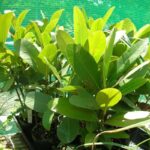
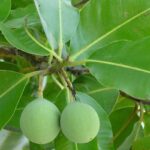
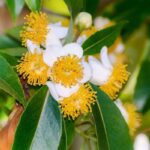

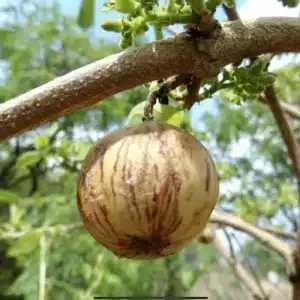

Ball Nut / Alexandrian laurel (Calophyllum inophyllum) Tropical Live Tree 12”- 24”
$45.00 Original price was: $45.00.$39.99Current price is: $39.99.
Ball Nut Calophyllum inophyllum, also known as Alexandrian laurel or beauty leaf, is a stunning tropical tree prized for its beauty and practical uses. With its glossy, leathery leaves and fragrant white flowers, it adds elegance to any landscape. This evergreen tree thrives in tropical and subtropical climates, requiring well-drained soil and full sun to partial shade. Once established, it is relatively low-maintenance, tolerating some drought and benefiting from occasional pruning. The tree produces round fruits with a single seed, and its wood is highly valued for its durability. Calophyllum inophyllum has a rich history of traditional uses, with its oil, known as tamanu oil, prized for its healing properties. Overall, it is a remarkable tree that combines ornamental beauty with practical benefits.
Ball Nut Calophyllum inophyllum, commonly known as the Alexandrian laurel or beauty leaf, is a tropical evergreen tree that is renowned for its ornamental beauty and diverse range of uses. Native to the coastal regions of the Indian Ocean and the western Pacific, this tree has found its way into landscapes and gardens worldwide.
Standing tall with its symmetrical crown and glossy, leathery leaves, Calophyllum inophyllum adds a touch of elegance to any setting. It can reach heights of up to 60 feet (18 meters) and has a spreading canopy that provides ample shade. The tree produces small, fragrant white flowers that bloom year-round, followed by round fruits that contain a single seed.
When it comes to planting Calophyllum inophyllum, it thrives in tropical and subtropical climates. It prefers well-drained soil and can tolerate a range of soil types, including sandy or loamy soil. The tree requires full sun to partial shade for optimal growth. When planting, ensure the site has enough space for the tree to spread its branches and develop its crown.
Caring for Calophyllum inophyllum is relatively easy once established. Regular watering is essential during the early stages of growth, but once the tree is established, it can tolerate some drought conditions. Applying a layer of organic mulch around the base of the tree helps retain moisture and suppress weed growth.
Pruning is necessary to maintain the desired shape and remove any dead or damaged branches. Prune the tree during the dormant season to encourage new growth and maintain its overall health. Fertilizing with a balanced slow-release fertilizer in spring and summer can promote vigorous growth and abundant flowering.
One of the most interesting facts about Calophyllum inophyllum is its various traditional uses. Throughout history, different parts of the tree have been used for medicinal, cosmetic, and industrial purposes. The seeds contain a rich oil called tamanu oil, which has been used in traditional medicine for its healing properties. The oil is known for its anti-inflammatory, antibacterial, and skin rejuvenating effects. In addition, the wood of Calophyllum inophyllum is highly valued for its durability and resistance to decay, making it suitable for construction, furniture, and boat building.
In conclusion, Calophyllum inophyllum is a magnificent tree that offers both aesthetic beauty and practical benefits. From its elegant foliage to its fragrant flowers and versatile uses, it is a prized addition to tropical and subtropical landscapes. Whether you admire it for its ornamental value or utilize its medicinal and industrial properties, Calophyllum inophyllum is a remarkable tree that continues to captivate and serve various purposes around the world.
Caring for Calophyllum inophyllum in a pot requires attention to its specific needs. Here are some guidelines for caring for this tree in a pot:
- Pot selection: Choose a large pot with good drainage holes to allow excess water to escape. Ensure that the pot is deep enough to accommodate the tree’s root system.
- Soil: Use a well-draining potting mix that is rich in organic matter. Avoid using heavy clay soils that can retain excess moisture and lead to root rot.
- Watering: Water the tree regularly to keep the soil consistently moist but not waterlogged. Check the moisture level by inserting your finger into the soil about an inch deep. Water when the top inch of soil feels dry.
- Fertilization: Apply a balanced, slow-release fertilizer formulated for tropical plants according to the manufacturer’s instructions. Feed the tree during the growing season, typically spring and summer, to promote healthy growth.
- Sunlight: Place the potted tree in a location that receives full sun to partial shade. Calophyllum inophyllum requires at least 6 hours of direct sunlight daily for optimal growth and fruit production.
- Pruning: Prune the tree as needed to maintain its size and shape. Remove any dead, damaged, or crossing branches. Pruning also helps to promote airflow and reduce the risk of diseases.
- Pest and disease control: Monitor the tree for any signs of pests such as aphids, mealybugs, or scale insects. Treat any infestations promptly with an appropriate insecticidal soap or horticultural oil. Keep an eye out for common diseases like leaf spot or root rot and take necessary measures to prevent or treat them.
- Winter care: If you live in a region with cold winters, it’s best to bring the potted tree indoors or to a protected area during the colder months. Calophyllum inophyllum is sensitive to frost and freezing temperatures.
- Mulching: Apply a layer of organic mulch around the base of the tree to help conserve moisture, suppress weed growth, and provide some insulation to the roots.
- Regular monitoring: Keep an eye on the overall health of the tree. Look for any signs of stress, such as yellowing leaves or wilting, and take appropriate action.
Remember to adjust your care routine based on the specific needs of your Calophyllum inophyllum tree and the conditions of your environment. Regularly assess the soil moisture, light levels, and overall health of the plant to ensure its well-being.
| Weight | 15 oz |
|---|---|
| Dimensions | 22 × 4 × 4 in |
| Planting Bag + Soil |
Planting bag + Soil ,I have soil and container |

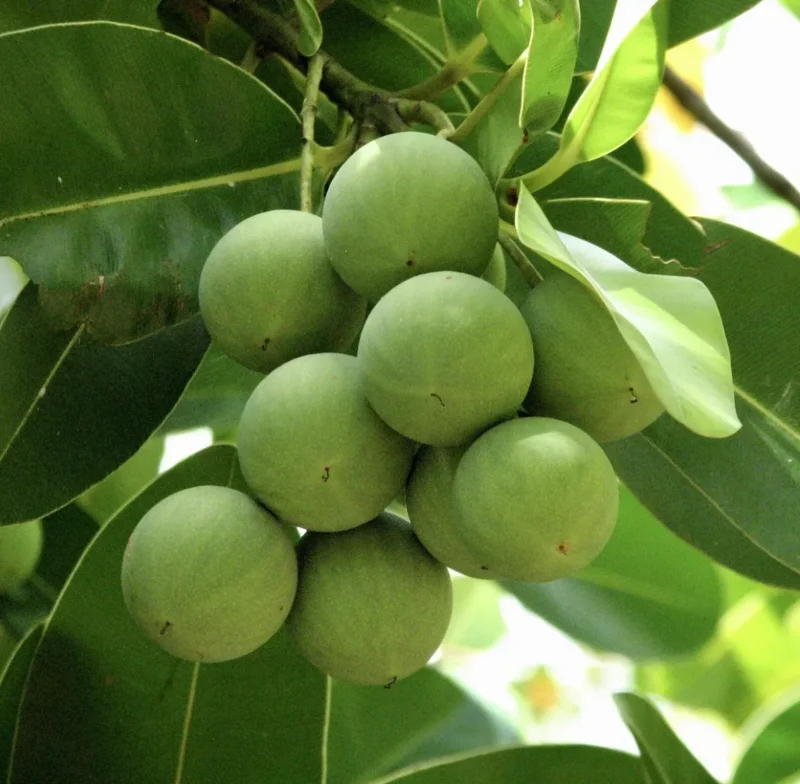
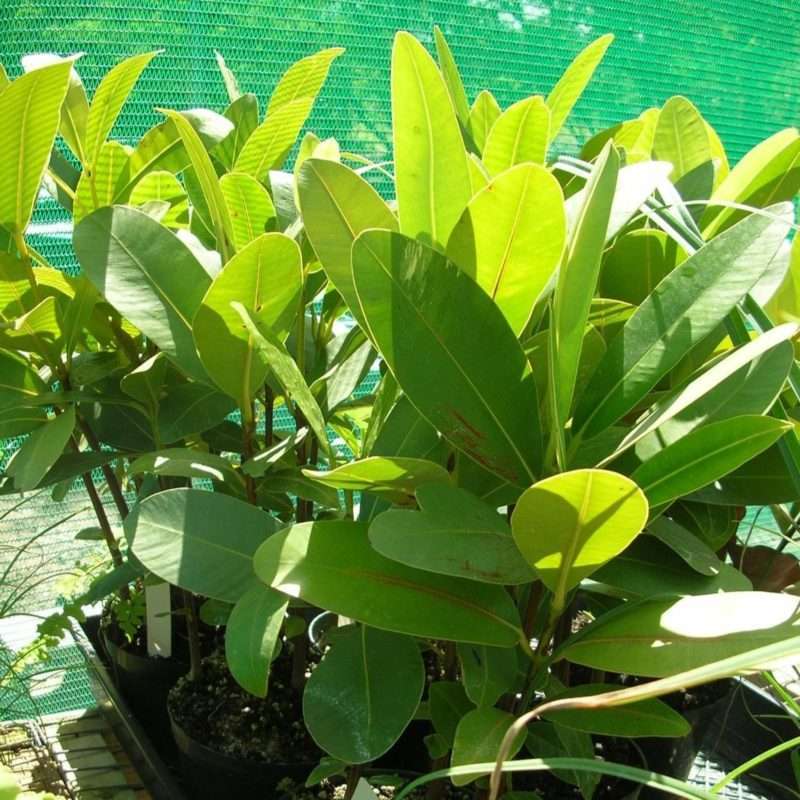
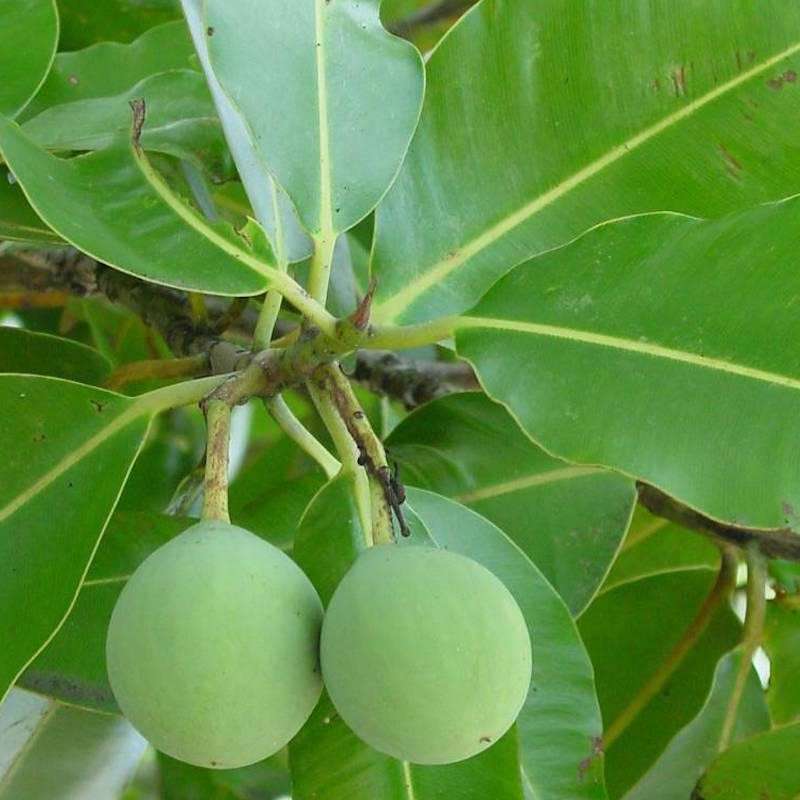
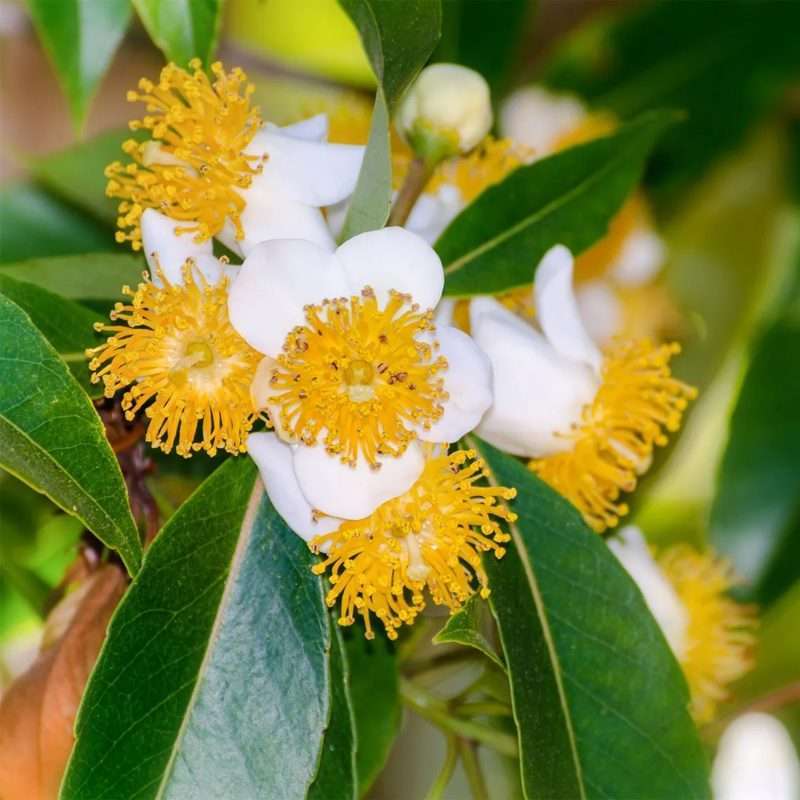

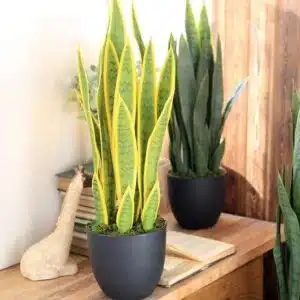
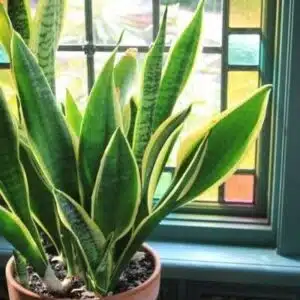
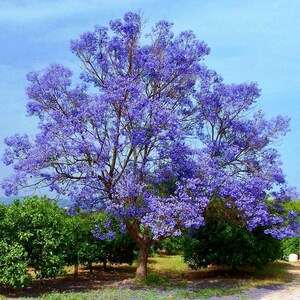
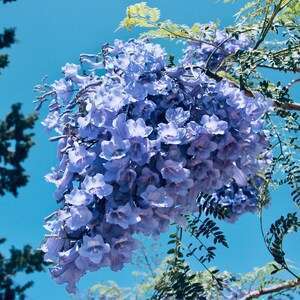




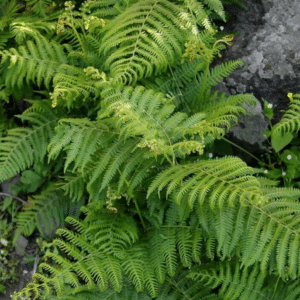
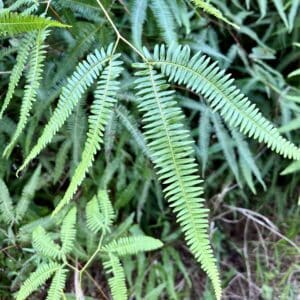

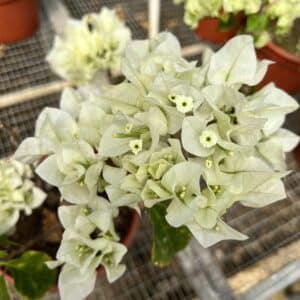
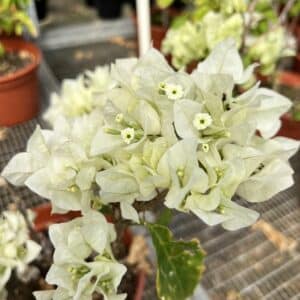
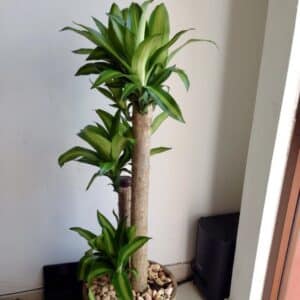
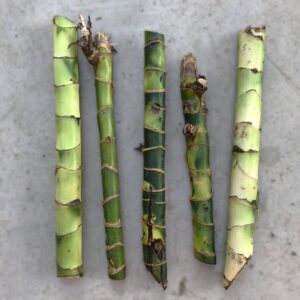
Reviews
There are no reviews yet.